Demo Day, Ding Shishen, co-founder of DFocus, speech recording
On April 10, 2017, I was informed to meet BMW Global Executives that night under the leadership of Lims, the CTO of the Microsoft Accelerator. In the evening of that day, we met with the global executives of BMW. This is a photo of welcoming dinner feasting the innovation tour of BMW's global executives at Microsoft Accelerator.

After dinner, I saw off them and pondered: probably I will not see them again as they are all senior executives from German headquarter. Just take it easy.
At 8:00 a.m. the next morning, I received an email on my phone. It wrote “Hey, Darren, thanks for your presentation yesterday. I was sitting beside you then. I am Global Senior Vice President of Real Estate, BMW.” Can you afford some time to visit Beijing Headquarters, BMW for further communication.
It was out of my expectation. I came to his office with butterflies in my stomach, yet excitedly.
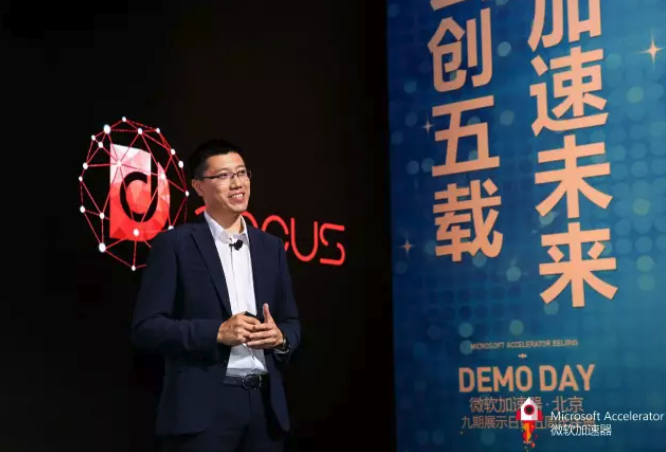
When I came to the meeting room, the air was completely different from what I experienced last night. After introducing our IoT-based space management products, we started to talk.
I asked Darren curiously: “As a Fortune Global 500 giant with over 100-year history, what does BMW value most of us?
The leader of Real Estate, BMW smiled: “We hope to deploy your wireless IoT space sensor under each office cubicle in our office, so that we can understand the usage of our office space. Which spaces are used frequently and which are used scarcely?
We once turned to real estate space consulting companies for help. They would send four or five employees who stayed in the company for two or three weeks and moved around the building every day to record space usage manually at different times and took pictures. They would take more than 3,000 pictures. Finally, they would give me a report on the office space usage. Without this analysis, I cannot decide the area, the number of seats and meeting rooms in each regional office of our company. We should scale each space area. Today, with your densely distributed sensors and data analysis, all of these can be completed automatically, and I can see all real-time space utilization data of BMW in my office in Germany. Moreover, the sparsely distributed data is dynamic and it is updated every second, and this data volume was never seen before.
After one month of intensive meetings and negotiations since this meeting, we have got three orders from BMW, with one of which for its overseas office.

Fifty years ago, our buildings looked like this.
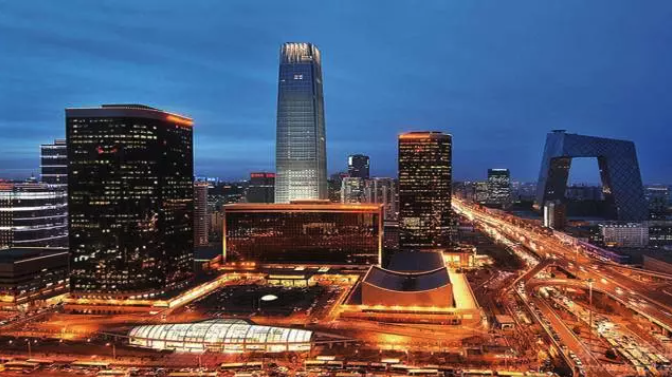
Today, our building looks like this.
Yet, presently, we design, operate and manage our office building still in the old way, which requires a lot of people.
No measurement no management.
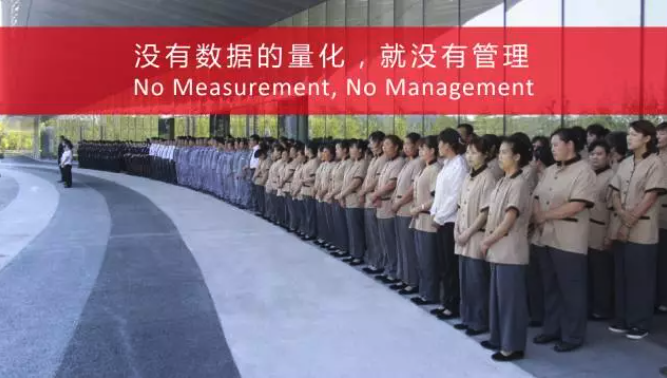
Today we provide enterprises with digital office and space management solutions based on the Internet of Things (IoT). Our background data can be deployed privately or on Microsoft's trusted cloud azure, which can be seamlessly integrated into Microsoft Office365. With the help of Microsoft Accelerator, we can have an in-depth cooperation with Microsoft products, its sales team and research institute, and the largest solution provider of Office365, namely CNBM (China National Building Material Group Co., Ltd.) Technology Company Limited. It improves our competitiveness in product, technology and market, and enables us to meet more opportunities in the industry of Internet of Things (IoT).
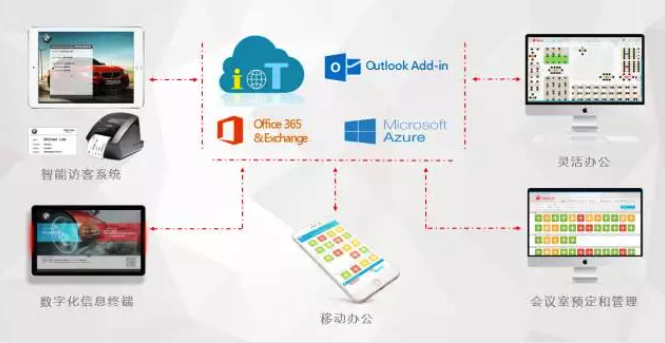
In Beijing, 10 million people take the subway in the morning in the rush hour. Where do they go? Of course, they go to office buildings to work. From the moment we walk into the building in the morning, our city is lit up, and every gleaming suggests the usage of a space in the building. In the evening, as they leave their office cubicles the last time, the gleam in the building disappear, and people leave office buildings for malls, restaurants, and public transportation. What about the impact of this data on the nearby surroundings, business, public transportation and safety? I don't know.
But I know this may come true in five or ten years later.
I'm fully aware that the market for the Internet of Things will be four or five times bigger than today's Internet in future.
All I know is that we started to test and practice it step by step with all enterprises that love innovation and hope to innovate. This process likes playing jigsaw puzzles.
From digital office to digital office building, every square meter of space, every floor, every building, every park and data of office in every country are connected to this large Internet of Thing. Infuse big data and artificial intelligence into the last mile of our smart city.
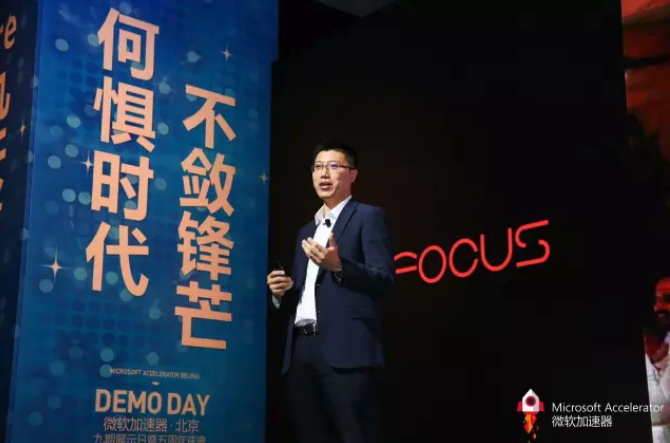
Today, Starbucks, the world's largest coffee company, is our customer.
BMW, the world's largest car company, is our customer;
Dow Dupont, the world's largest chemical company, is our client.
Kimberly-clark, the world's largest consumer paper products company, is our client.
Microsoft, the largest software company in the world, is also our customer;
In 1978, IBM, a great company with 350,000 employees then, gave a small start-up with 11 employees a chance to make operating system software. This gave birth to Microsoft we see today.
Today I would like to take this opportunity to show my gratitude to the leaders of Microsoft's real estate and IT departments for their support to the entrepreneurs.
Finally, I want to thank Microsoft, Microsoft Accelerator, the businesses and the governments at all levels for giving us so many opportunities, so that we can innovate advance with the best companies in the world.
This is the entrepreneurial story of me and my partner Martin (Ren Chuanyun).